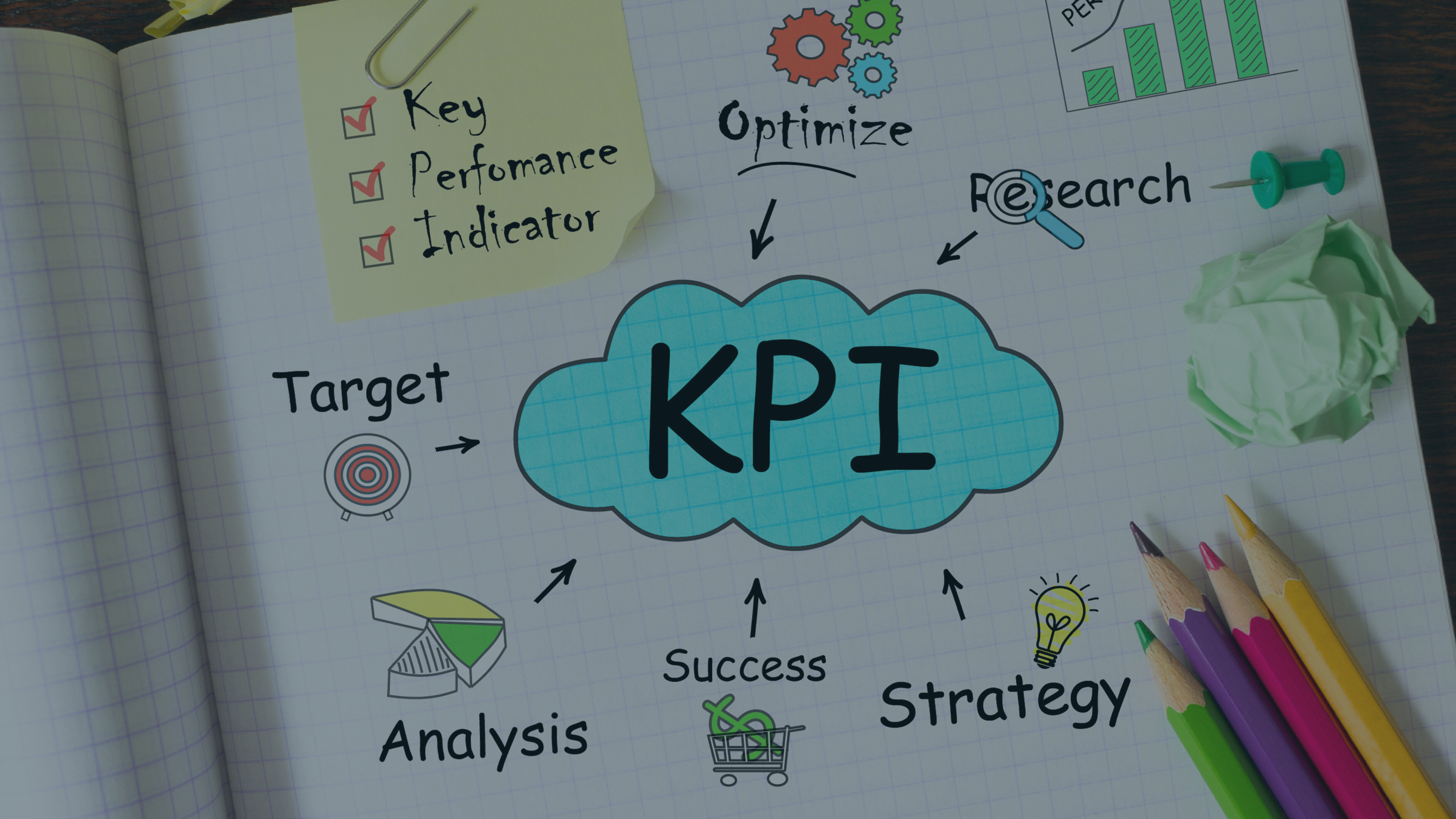According to a recent article I read in Harvard Business Review, "Most employees want to be productive, but the organization too often gets in their way." Our research indicates that the average company loses more than 20% of its productive capacity — more than a day each week — to what we call 'organizational drag,' the structures and processes that consume valuable time and prevent people from getting things done." What productivity KPIs (Key Performance Indicators) and metrics can we measure employee performance, employee satisfaction, and employee engagement?
The article continued to say that "people have huge amounts of discretionary energy that they could devote to their work, but many are not sufficiently inspired to do so. Virtually every employee can bring more to their job, but many don’t invest the additional ingenuity and creativity that they can to improve productivity. Inspired employees bring more discretionary energy to their work every day. As a result, they are 125% more productive than a merely satisfied employee. Stated differently, one inspired employee can produce as much as 2.25 satisfied employees."
Wow! I was stunned by this data!
Does your company have a productivity mindset that allows your employees to be inspired by their work? Can I measure their productivity with a set of productivity KPIs that the whole team can easily understand? Do they understand why they are taking this KPI measurement? Do you use KPI dashboards to measure performance over the period to see improvement? What types of productivity metrics can we use to monitor and inspire our team?
Or is your company suffering from “organizational drag”?
Let’s focus on the KPIs and productivity metrics that you are currently measuring. Do they promote and engage your employees in producing the output you are seeking? What key productivity metrics and KPIs should you be measuring to ensure your company is growing at the pace that you desire?
During your next planning session, you should do a KPI audit as a starting point to evaluate what KPIs are promoting productivity and which are not. Take a look at all of your KPI examples, for the ones that are not promoting productivity, ask yourself why. If you don’t need it, toss it. If you still need it, talk through how you can reframe it to give you the output you desire. You need to measure the performance of the team with the right key performance indicators, as well as personal performance KPIs to make sure that you are contributing to the team.
5 Types of KPIs to Increase Productivity
Below are 5 KPI types with examples that your team can consider to produce the productivity you are seeking, some can be measured in real-time and others take some time. Make sure to assign your KPIs to the person on your team who will own this number and will be inspired to push for the results you want to achieve your goals.
1) Sales KPIs for Customer Acquisition Measurement
What are the levers your team needs to focus on to close deals, and what are the results you are looking to achieve?
- Deals closed
- Contacts made from networking
- # of calls made
- Trade Shows Attended
- # of social media posts
- # of blogs written
- Number of customers
2) Customer Satisfaction Key Performance Indicators
What are the key metrics your service team should focus on to provide and produce the best service experience for your customers?
- Meeting SLAs (service level agreements)
- Customer Satisfaction
- # of client issues resolved
- Call pickup time
- Abandon rate
- Order Accuracy
- Rework
- Net Promoter Score
3) Quantitative KPIs to Measure Multifactor Productivity
In manufacturing KPIs, what are the key metrics you need to measure the output of our production line and keep track of the inputs and outputs needed to produce our product?
- Measuring output
- Number of parts produced (Number of conforming products produced)/(labor hours)
- Raw materials
- Downtime
- Overall Equipment Effectiveness
- Reject ratio
- Operating rates (Machines and processes produce goods at variable rates. When speeds differ, slow rates typically result in dropped profits while faster speeds affect quality control. This is why it is important for operating speeds to remain consistent.)
4) Business Operation KPIs Measure Levels of Productivity
What are the key financial metrics that you need to monitor to ensure your business is operating at its best?
- Labor Utilization
- Employee Turnover Rate
- Labor Materials
- Operating Margins
- Training
- Customer Lifetime Value
- Processes and Procedures developed
- Cash Flow
- If you are an organization that uses Rhythm Strategy Execution Software you can measure:
- Priorities and Quarterly Rocks Completed
- Week in Synch (WIS) Notes from week to week - is stuff getting done?
- # of Action List completed/overdue
5) Financial KPIs for the Bottom Line
What key financial numbers do you need to monitor to get a pulse of the business’s financial health?
- Profit
- Gross margin
- EBIDTA
- Quick Ratio
- Revenue/Employee
- Team effectiveness ratio (This measures how much gross profit the company gets for every dollar spent on salary. It's better than measuring profit against time [full-time equivalents] because we want the team to work smarter, not longer)
Remember to make your KPIs worth measuring so that your team doesn't fall victim to organizational drag when planning your KPIs. We hope you enjoyed these production KPI examples. See how Rhythm Systems software can help you execute your KPI strategy and strategic initiatives. If you are looking for more information feel free to download our PDF below, or visit our comprehensive KPI guide.
I know that many of you are also using OKRs, which are similar to KPIs. To learn more about the difference you might be interested in reading OKRs vs KPIs: What’s the Difference? to make sure that you have the right metrics that to help you improve your productivity.
Need help getting your team aligned to achieve your growth goals? Rhythm systems software was ranked the #1 easiest software to use, highest ROI, fastest implementation, and highest adoption rate on G2.



